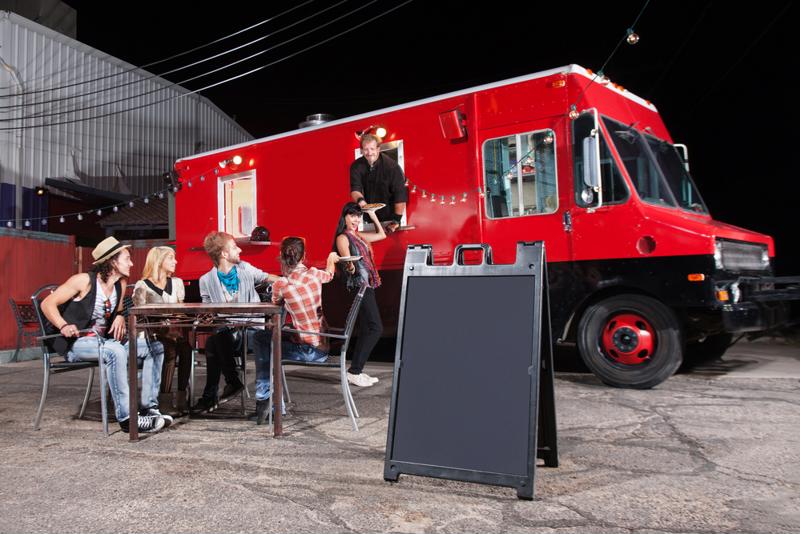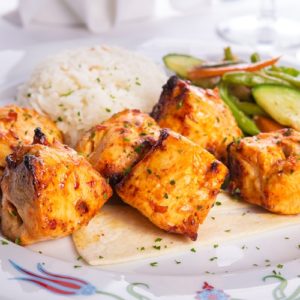There is something uniquely satisfying about the look, smell and taste of vertically spit-roasted meat. That’s why doner kebab has inspired devotees across the country, wherever restaurants, food trucks and late night takeout windows serve up sandwiches or wraps stuffed with the tasty results.
For those attending culinary school, doner kebab offers a fascinating example of how a food can spread across geographic and cultural boundaries as chefs explore fresh ways to make it their own. Learning more about this dish may inspire you to try your hand at slowly roasting meat or explore other street foods from around the world.
A delicious history
The doner kebab has deep roots in Turkish culture, extending back to the days of the Ottoman Empire in the 18th century. As Thrillist explained, the vertical spit came into use because it offered a delicious advantage over horizontal roasting. The upright orientation allowed fat to drip down into the cooking fire, and the rising flames gave the meat a singe. Meanwhile, turning the spit kept the heat under control and spread the flavorful fat around.
“Vertical spits offered a delicious advantage over horizontal ones.”
The inverted meat pyramid perched upon that cooking spit most often consists of lamb. However, there are also variations featuring chicken, beef or combinations like lamb and veal. In any case, the meat is marinated prior to cooking and seasoned with spices like cumin and paprika.
Turkish migrants extended doner’s reach following World War II. The food gradually became a worldwide phenomenon that spread across the Middle East, Europe and the U.S. Whereas traditional kebab is served on plate with rice and vegetables, the style that proliferated featured the meat and its toppings either stuffed into a pita pocket or served on bread as a sandwich.
Doner kebab’s greatest success as an import has been in Germany, where it is now a ubiquitous street snack. As the Wall Street Journal pointed out, there are more kebab stands in Berlin than in Istanbul, and 720 million servings are sold a year across the nation.
Doner is served differently in various locations, with the choices of ingredients and of pita or bread adding regional character. The proprietors of German kebab stands usually top the dish with lettuce, tomato, cabbage, onion and a dill-yogurt sauce, and they often roll it in Lahmacun dough. In Spain, your kebab is more likely to come with French fries, falafel or fried eggs. Italian kebabs pour on the spice by adding hot pepper relish, tzatziki and harissa hot chili pepper paste.
Some chefs have sought to add culinary flair to this classic street food. Al-Monitor reported on Somer Sivrioglu, the owner of Efendy Restaurant in Sydney, Australia, who brings a painstaking fine-dining sensibility to preparing kebab over a 24-hour period. Other adaptations, however, have not been for the better, as BBC News noted. Many British kebab establishments have been criticized for serving cheap, greasy and oversalted meat that makes a particularly unhealthy choice for late-night diners.
 Doner kebab is a popular street food around the world.
Doner kebab is a popular street food around the world.Bringing doner to the U.S.
While gyros have generally been more popular in the U.S., doner kebab has made inroads throughout the country. These American purveyors display a wide range of culinary influences in their versions of the dish.
With locations in Anaheim and Irvine, Calif., DonerG focuses on kebab’s roots in owner Yalcin Aslan’s native Turkey while also embracing some European innovations. The restaurants thus serve doner chicken or beef either on a plate or in a wrap or pita. In both cases, the kebab includes the yogurt and cucumber dip jajik, hummus and a house-made sauce.
Shawn Podgurski and Phil Naumann, proprietors of Chicago food truck and caterer DonerMen, emphasized to Chicagoist that the toppings are a major part of what gives kebab its identity. Their version is heavily influenced by what is available in German streets, with flash-fried vegetables topped by a shirazi salad of tomato, cucumber, parsley, onion, lemon juice and olive oil. The Doner Men finish off their kebabs with a tzatziki sauce that blends milk from goats and cows or a spicy chili sauce.
Doner kebab has a special place in diners’ hearts around the world, whether they associate it more with traditional Turkish cuisine or casual late-night snacking. As a culinary school graduate, you may have the chance to explore many of the delicious possibilities in this style of meat preparation.




